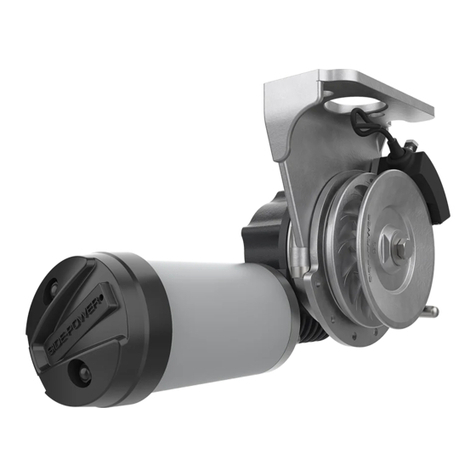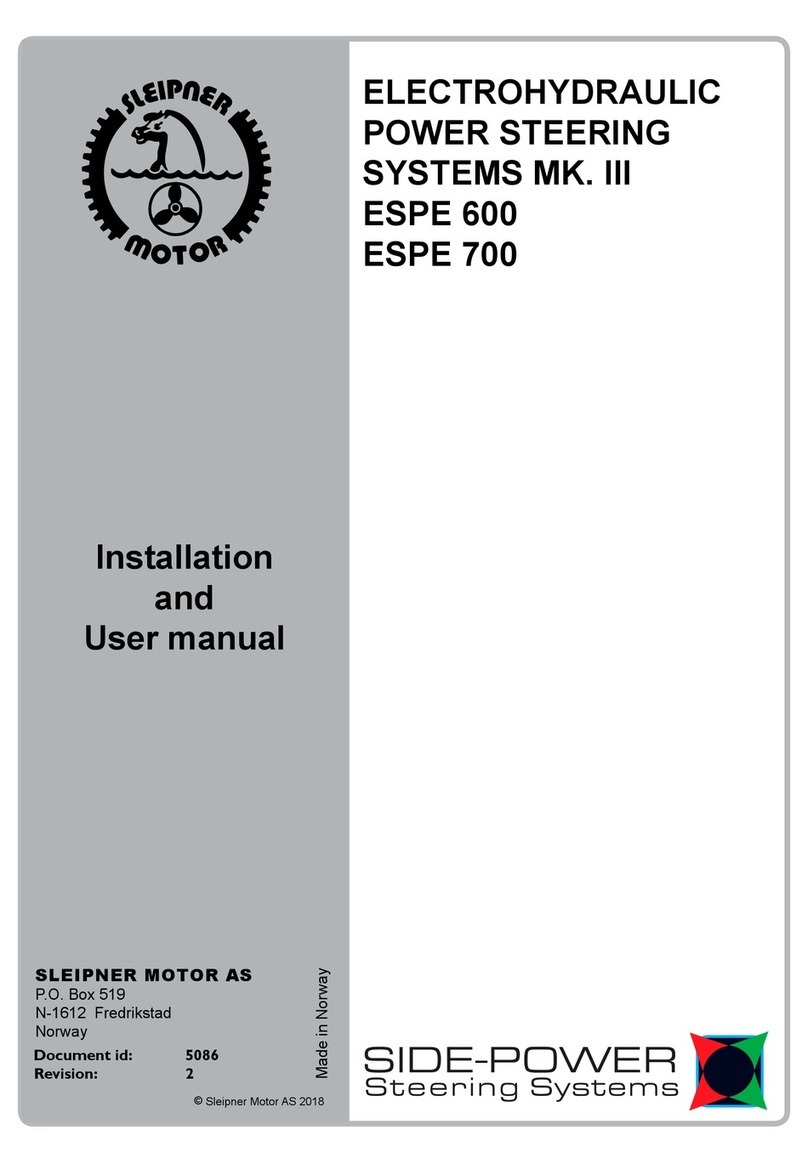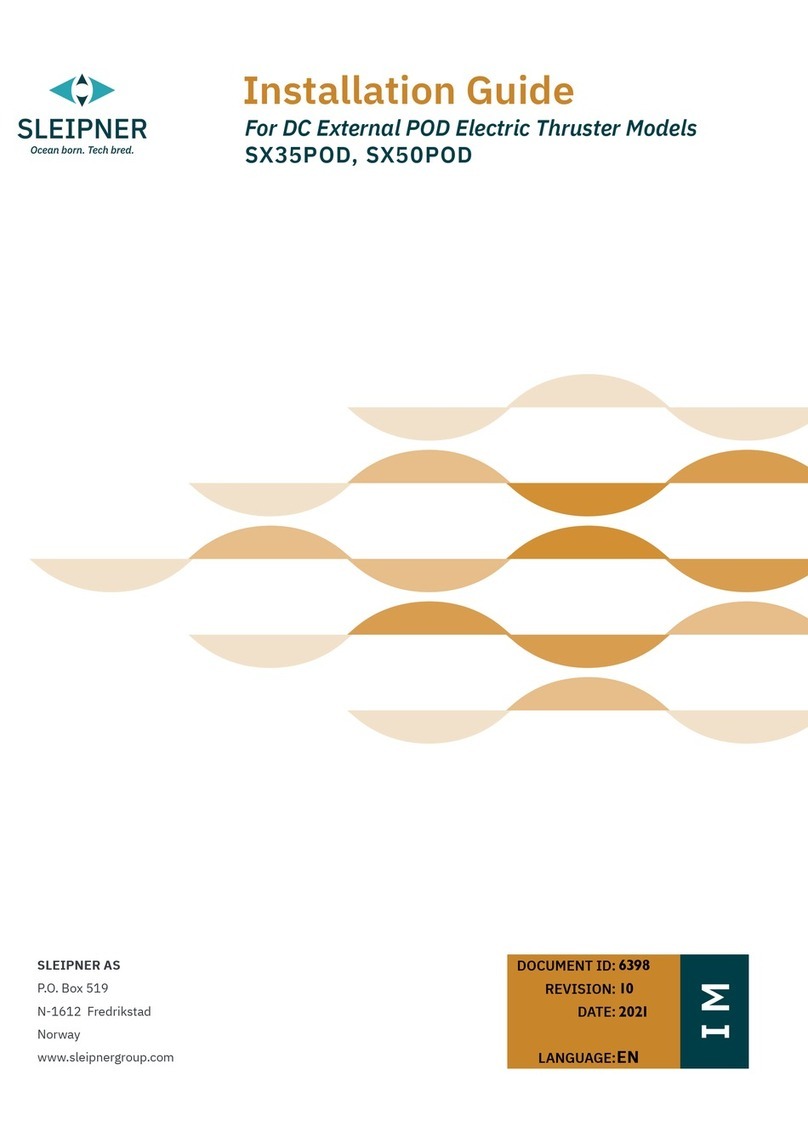
25939 92 0 21
-
SH 1000 & 1400
Sleipner Motor AS
P.O. Box 519, Arne Svendsensgt. 6-8
N-1612 Fredrikstad, Norway
MC_0020
Contents
Products
SM905333 | SH1400/610-BA110 - SH1400 Tunnel thruster, BA110
SM908033 | SH1400/610-BA150 - SH1400 Tunnel thruster, BA150
SM905334 | SH1400/610-BA180 - SH1400 Tunnel thruster, BA180
[Archived] SH1400/610-BA080 - SH1400 Tunnel thruster, BA80
SM908032 | SH1400/610-BA125 - SH1400 Tunnel thruster, BA125
SM102941 | SH1400/610-BA160 - SH1400 Tunnel thruster, BA160
SM908034 | SH1400/610-BA80 - SH1400 Tunnel thruster, BA80
SM102972 | SH1000/513-BA110D13 - SH1000 Tunnel thruster, BA110
SM103522 | SH1000/513-BA90 - SH1000 Tunnel thruster, BA90
SM114788 | SH1000/513-BA80 - SH1000 Tunnel thruster, BA80
SM908030 | SH1000/513-BA75 - SH1000 Tunnel thruster, BA75
SM905330 | SH1000/513-BA60 - SH1000 Tunnel thruster, BA60
SM908031 | SH1000/513-G70 - SH1000 Tunnel thruster, G70
SM908029 | SH1000/513-BA45 - SH1000 Tunnel thruster, Ø513mm
SM102899 | SH1000/513-BA125 - SH1000 Tunnel thruster, BA125
SM905331 | SH1000/513-G75 - SH1000 Tunnel thruster, G75
[Archived] SH1000/513-BA110 - * BRUK SH1000/513-BA110D13
SM905332 | SH1000/513-G80 - SH1000 Tunnel thruster, G80
MC_0425
General Installation Considerations and Precautions for Thrusters
• Do not install the thruster in a position where you need to cut a stiffener/ stringer/ support that may jeopardise the hull integrity without checking
with the boat builder this can be done safely.
• We advise painting the gear house and propellers with anti-fouling. (NB: Do not paint the anodes, sealing, rubber fi ttings or propeller shafts)
• Do not fi nish the inside of the tunnel with a layer of gel-coat/ topcoat or similar. There is only room for a thin coat of primer and two layers of anti-
fouling between the tunnel and the props.
• Never run the thruster out of water.
• The electro/ hydrulic motor must be handled with care. Do not place down the motor on the drive shaft.
MC_0105
Considerations and Precautions for S-Link Systems
When installing an S-Link™ system DO NOT connect any other control equipment directly to the S-Link™ bus except original Sleipner S-Link™ products.
In case of connecting third-party equipment, it must always be connected through a Sleipner-supplied interface product.
Any attempt to directly control or connect into the S-Link™ control system without a designated and approved interface will render all warranties and
responsibilities of all of the connected Sleipner products.
If you are interfacing the S-Link™ bus by agreement with Sleipner through a designated Sleipner supplied interface, you are still required to install at
least one original Sleipner control panel to enable efficient troubleshooting if necessary.
Installation Manual
Responsibility of the Installer................................................................................................................................................................... 3
Thruster Measurements ....................................................................................................................................................................... 4
Thruster Specications........................................................................................................................................................................... 5
Technical Specications .................................................................................................................................................................. 5 - 6
Technical Requirements / Hydraulic Hose Connections To Motor 7
Positioning of the tunnel / thruster.......................................................................................................................................................... 8
Tunnel Length......................................................................................................................................................................................... 9
Tunnel installation in sail boats............................................................................................................................................................. 10
Water Deection ................................................................................................................................................................................... 11
Tunnel ends.......................................................................................................................................................................................... 12
Tunnel installation........................................................................................................................................................................... 13- 14
Stern tunnel installation ........................................................................................................................................................................ 15
Gear Leg & Motor Bracket Installation.................................................................................................................................................. 16
Propeller Installation............................................................................................................................................................................. 17
Motor Installation ................................................................................................................................................................................... 18
Oil Tank Installation ............................................................................................................................................................................... 19
Crossover Valve .................................................................................................................................................................................... 20
S-Link System Description .................................................................................................................................................................... 21
Control Panel Installation ..................................................................................................................................................................... 22
Pre-delivery Checklist .......................................................................................................................................................................... 23
Service and Support........................................................................................................................................................................... 24
Product Spare Parts and Additional Resources.............................................................................................................................. 24
Warranty Statement............................................................................................................................................................................ 24



































